- HUMOR
The 40 Very Best Tree Puns

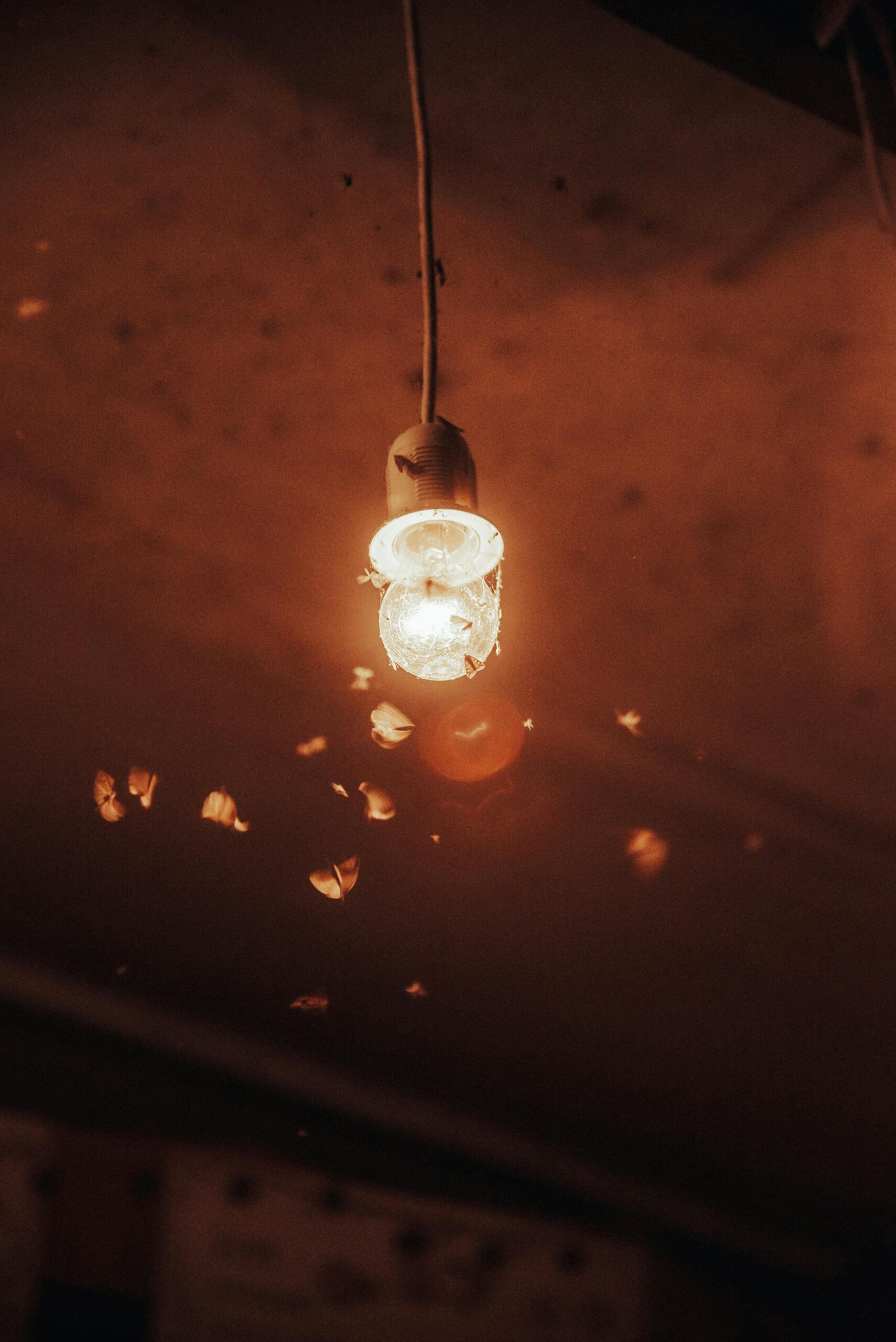
Indoor bug traps are essential tools for homeowners and renters alike, providing effective solutions for controlling unwanted pests such as flies and mosquitoes. This article will guide you through the best indoor bug traps available, detailing how they work, what features to look for, and offering a thorough review of top products in the market. You’ll also find a comparison table for quick reference, tips for maintenance, and insights into homemade alternatives.
Indoor bug traps utilize various mechanisms to attract and capture insects. Understanding these can help you choose the right trap for your needs.
Many electric traps use UV light to attract insects. Flies and mosquitoes are drawn to the light and are then captured by an electric grid or sticky surface.
These traps utilize a sticky adhesive to capture insects that walk across them. They are typically non-toxic and can be placed in various locations.
Electric zappers attract insects with light and eliminate them through an electric shock. They are effective for larger areas but may require more maintenance.
Some traps use bait to lure insects. These are particularly effective for specific pests, as they can be designed to attract certain species.
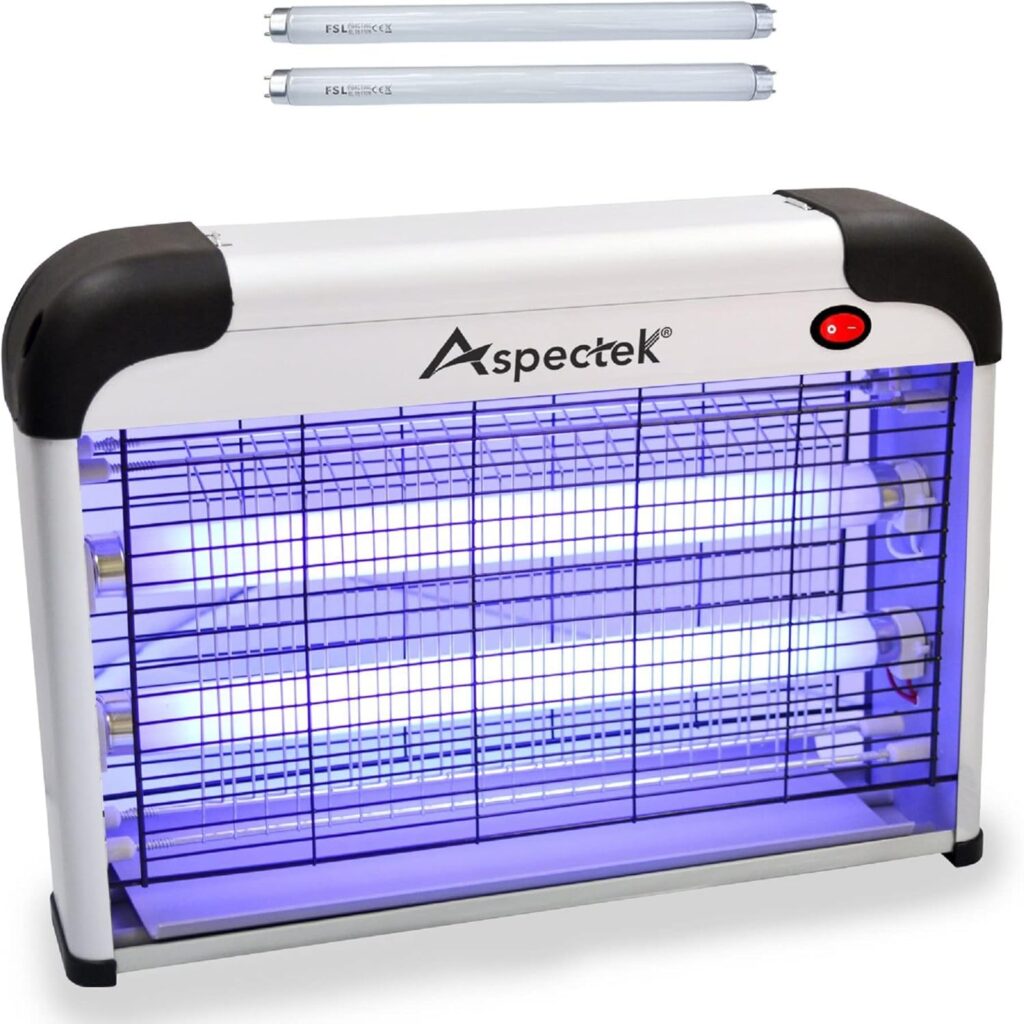
This electric trap is designed for large spaces, making it ideal for kitchens or dining areas. It uses UV light to attract flies, which are then captured by an electric grid.
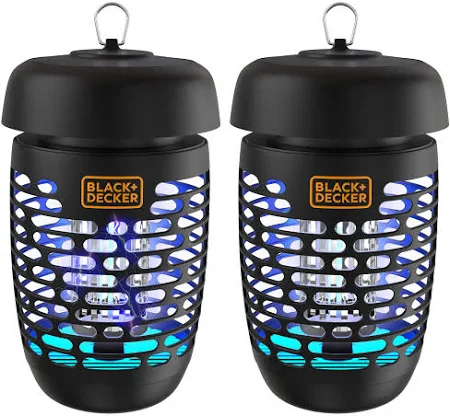
Compact and stylish, this zapper is perfect for smaller indoor spaces. It effectively targets both flies and mosquitoes.
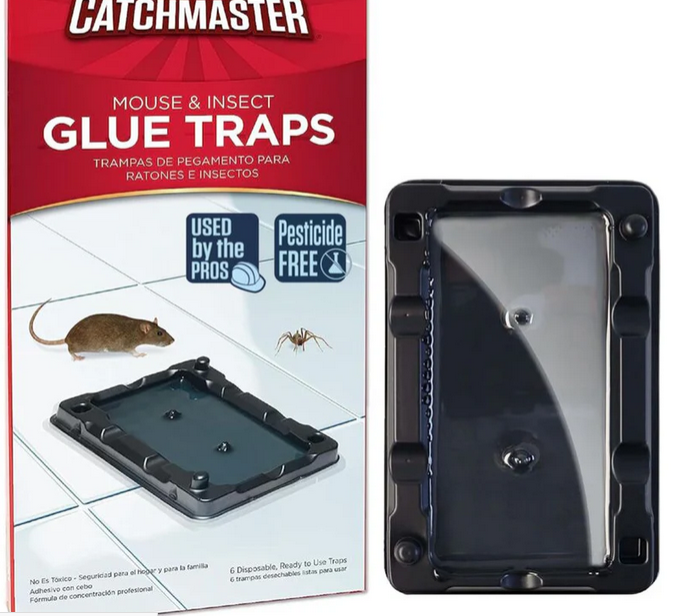
These non-electric traps are versatile and safe for homes with pets. They can be placed in various locations and are easy to dispose of.
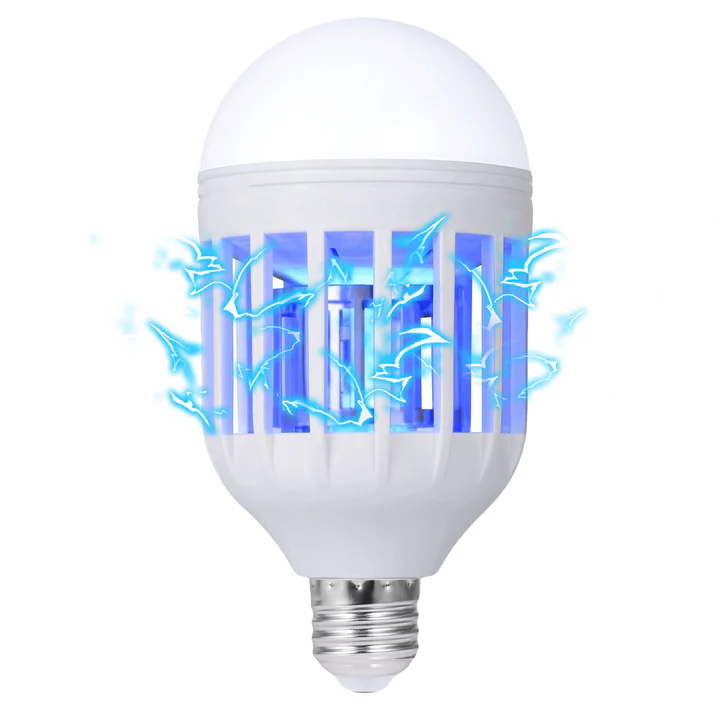
This electric bug zapper utilizes UV light and features a quiet operation, making it suitable for bedrooms and living areas.
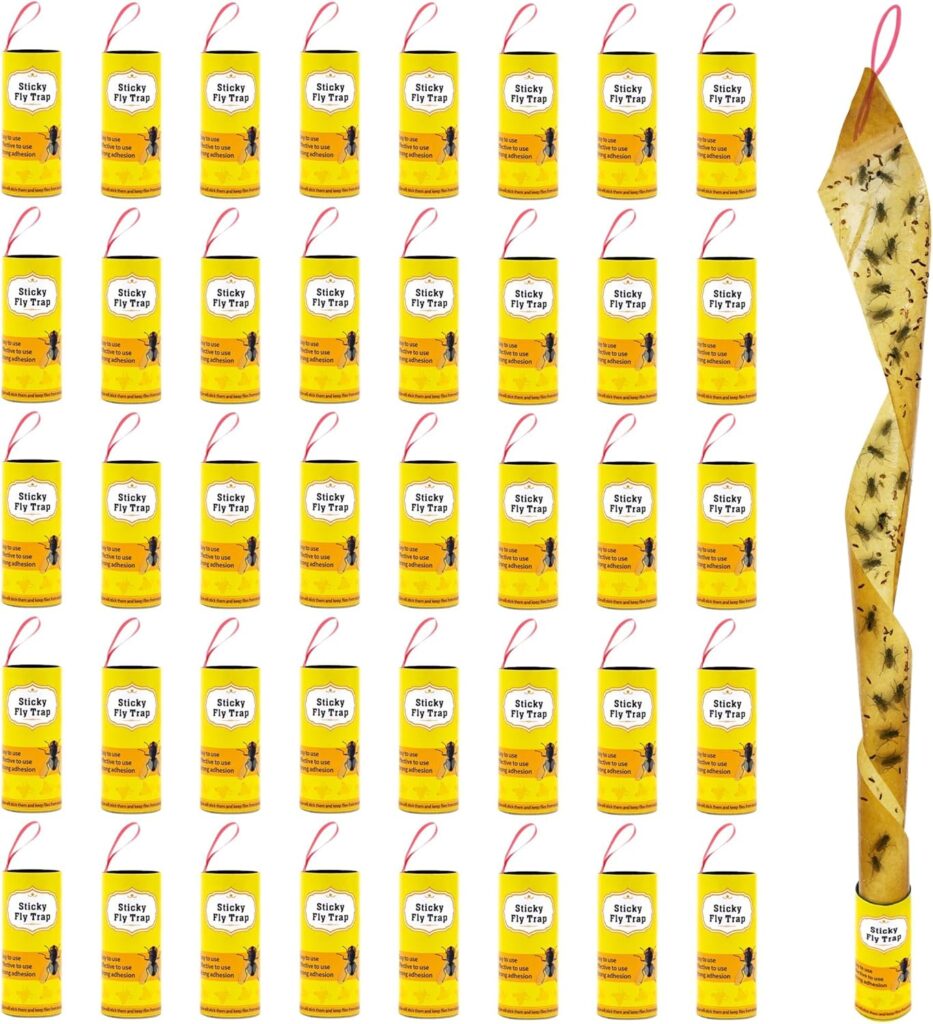
A traditional and low-cost option, sticky fly paper captures insects through adhesive. It’s easy to use and can be placed anywhere.
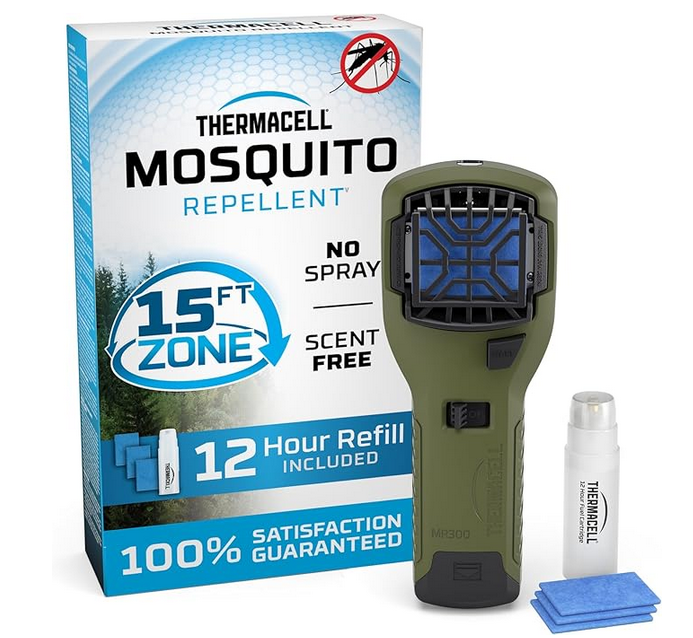
Though primarily designed for outdoor use, this portable repeller is effective against mosquitoes and can be used in well-ventilated indoor areas.
Proper use and maintenance can significantly enhance the effectiveness of your indoor bug traps. Follow these guidelines:
Both homemade and store-bought traps have their advantages and disadvantages. Understanding these can help you make an informed choice.
To ensure your indoor bug traps work optimally, consider the following expert tips:
Selecting the best indoor bug trap requires careful consideration of your specific needs and environment. Whether you opt for electric or non-electric options, ensure that the product you choose aligns with your pest control goals. With the right trap in place and proper maintenance, you can create a more comfortable and pest-free living space.